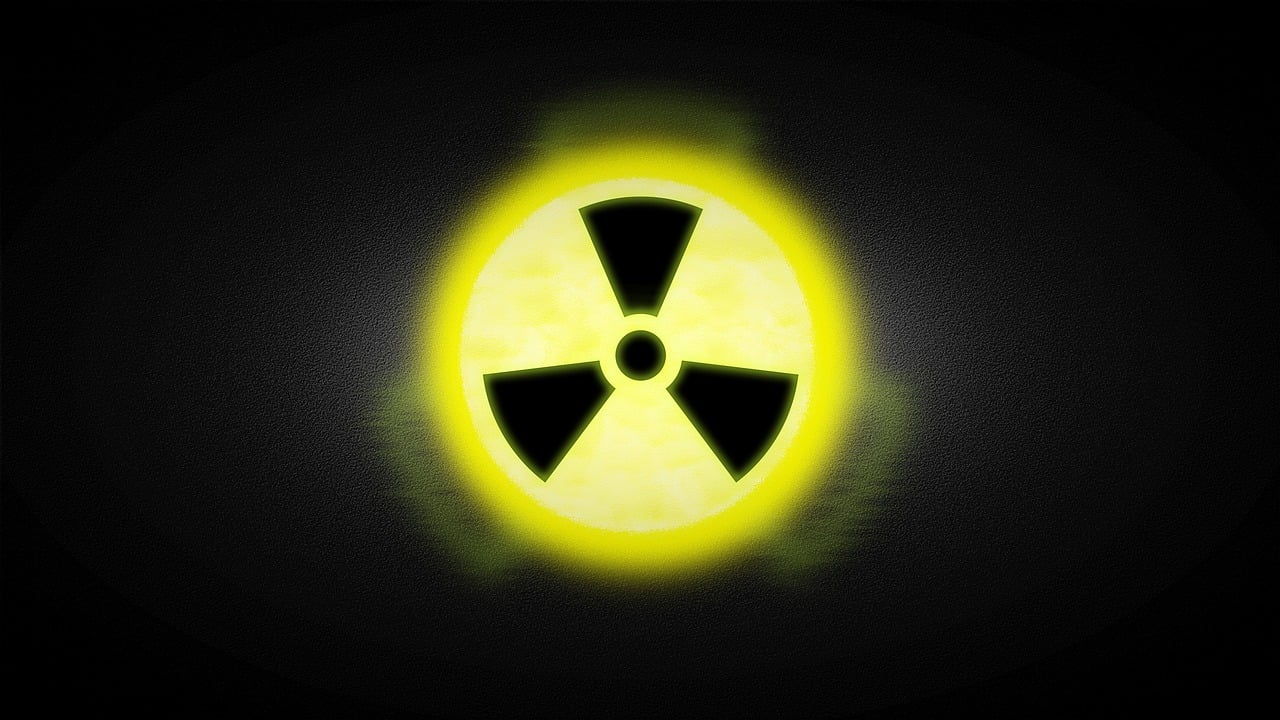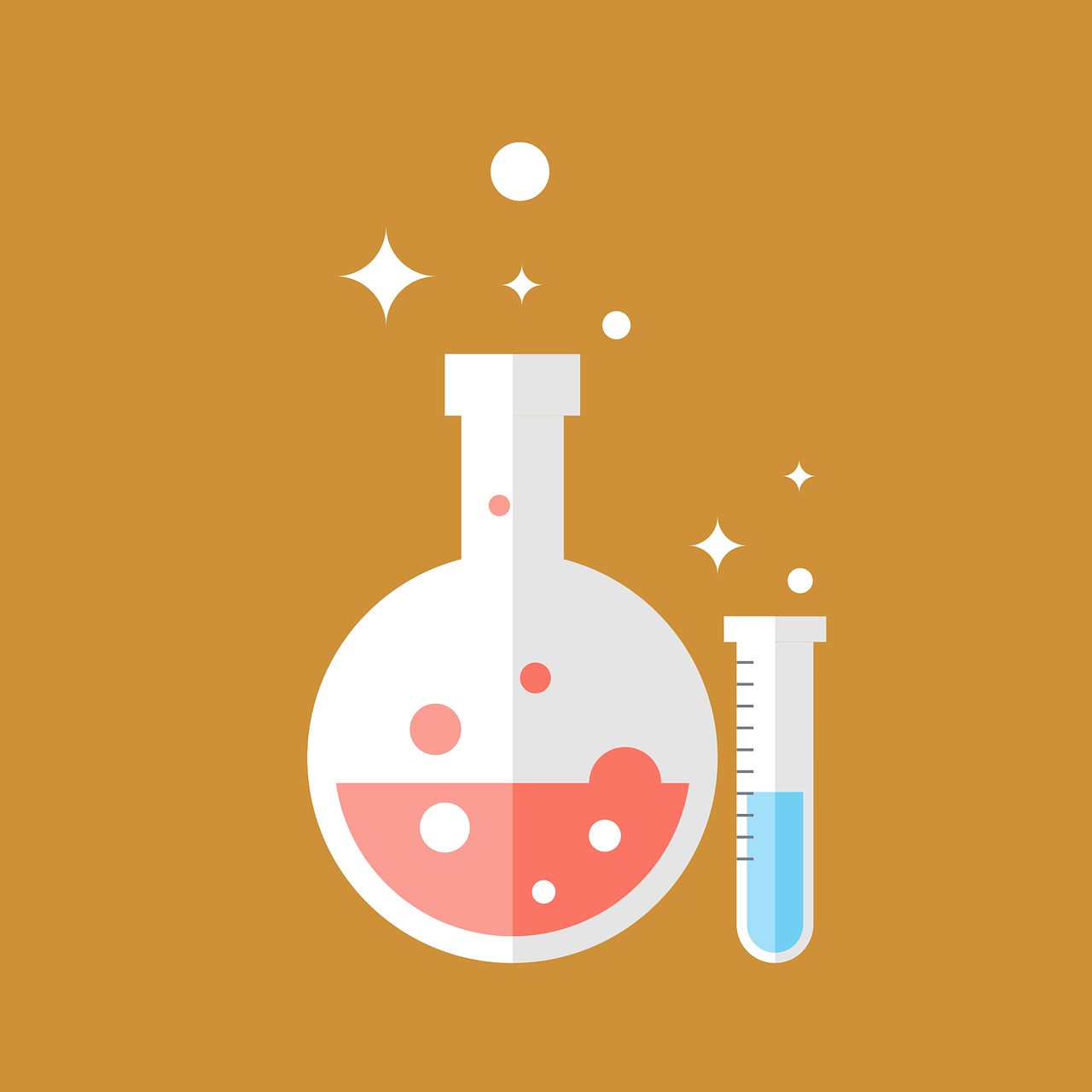In animals, chemical coordination is the process by which various systems and organs in the body communicate and regulate functions through chemical signals, primarily hormones. This process is essential for controlling long-term processes like growth, metabolism, reproduction, and responses to environmental stimuli. The key system responsible for chemical coordination is the endocrine system, which works in conjunction with the nervous system to maintain balance and harmony within the body.
The Endocrine System: A Network of Hormone-Secreting Glands
The endocrine system is composed of a series of glands that secrete hormones directly into the bloodstream. These hormones travel throughout the body, acting as messengers to regulate the activity of target cells or organs. Unlike the nervous system, which sends fast electrical signals for immediate responses, the endocrine system regulates slower, long-term processes through chemical signals.
Some of the major glands in the endocrine system include:
- The pituitary gland
- The thyroid gland
- The adrenal glands
- The pancreas
- The ovaries (in females) and testes (in males)
How Chemical Coordination Works
The process of chemical coordination involves several key steps:
Hormone Production and Release Endocrine glands produce and release hormones in response to specific signals from the brain, primarily from the hypothalamus, a part of the brain that acts as the command center. Once produced, the hormones are secreted into the bloodstream.
Hormone Transport Hormones travel through the bloodstream to reach various parts of the body. While they circulate freely, they only affect cells and tissues that have specific receptors for those hormones.
Action on Target Cells Hormones bind to receptors on their target cells, which triggers a series of cellular responses. These responses can either stimulate or inhibit various biological processes. For example, insulin binds to cells in the liver and muscles, promoting the uptake of glucose from the bloodstream.
Feedback Mechanisms The body uses feedback loops to regulate hormone levels, ensuring that they don’t become too high or too low. For most hormones, this involves a negative feedback loop, where the production of a hormone is reduced once its effects have been achieved. For instance, when blood sugar levels return to normal, the pancreas decreases its production of insulin.
Key Hormones and Their Functions
Different hormones perform specific functions that are critical to the body’s well-being. Here are some of the most important hormones and the roles they play:
Pituitary Gland Hormones: Often referred to as the “master gland,” the pituitary controls other endocrine glands. It secretes:
- Growth hormone (GH), which stimulates growth and cell reproduction.
- Thyroid-stimulating hormone (TSH), which prompts the thyroid to release thyroxine, regulating metabolism.
Thyroid Gland Hormones: The thyroid produces thyroxine (T4) and triiodothyronine (T3), which play a crucial role in controlling the rate of metabolism, affecting energy production and consumption.
Adrenal Gland Hormones: The adrenal glands release adrenaline (also called epinephrine) during stressful situations, preparing the body for “fight or flight” responses by increasing heart rate and energy availability. The adrenal cortex produces cortisol, which helps regulate metabolism and immune response, especially during stress.
Pancreatic Hormones: The pancreas plays a central role in regulating blood sugar levels by secreting:
- Insulin, which lowers blood glucose by enabling its uptake by cells.
- Glucagon, which raises blood glucose by promoting the release of stored glucose from the liver.
Ovarian and Testicular Hormones: The ovaries in females produce estrogen and progesterone, which regulate the menstrual cycle and support pregnancy. The testes in males produce testosterone, which is responsible for male reproductive functions and secondary sexual characteristics.
Coordination with the Nervous System
Though distinct in their function, the endocrine and nervous systems often work together to coordinate bodily functions. The hypothalamus, a small region in the brain, plays a central role in linking these two systems. It controls the endocrine system by releasing hormones that regulate the pituitary gland, which in turn manages other endocrine glands.
This coordination ensures that the body can respond appropriately to external stimuli. For instance, in a stressful situation, the nervous system quickly triggers the adrenal glands to release adrenaline, while the endocrine system maintains longer-term responses through the release of cortisol.
Importance of Chemical Coordination in Animals
Chemical coordination through the endocrine system is essential for maintaining homeostasis, or balance, within the body. It regulates vital processes such as growth, reproduction, metabolism, and stress responses. Without the precise regulation provided by hormones, the body would struggle to maintain normal function and adapt to changing conditions.
For example:
- Metabolism: Thyroid hormones ensure that the body uses energy efficiently. If too much or too little hormone is produced, the body’s metabolism can be thrown out of balance, leading to conditions such as hyperthyroidism or hypothyroidism.
- Reproduction: Hormones like estrogen, progesterone, and testosterone regulate reproductive functions, including sexual development, fertility, and pregnancy.
- Stress Response: Hormones like adrenaline and cortisol enable the body to respond effectively to physical or emotional stress, allowing it to survive and adapt.
Conclusion
Chemical coordination in animals, primarily through the action of hormones, is a fundamental mechanism that ensures the smooth functioning of various physiological processes. The endocrine system, through its glands and hormones, provides long-term, systemic control that complements the rapid response of the nervous system. Together, they maintain balance in the body, regulate vital functions, and allow animals to adapt to their environments, ensuring survival and well-being.















